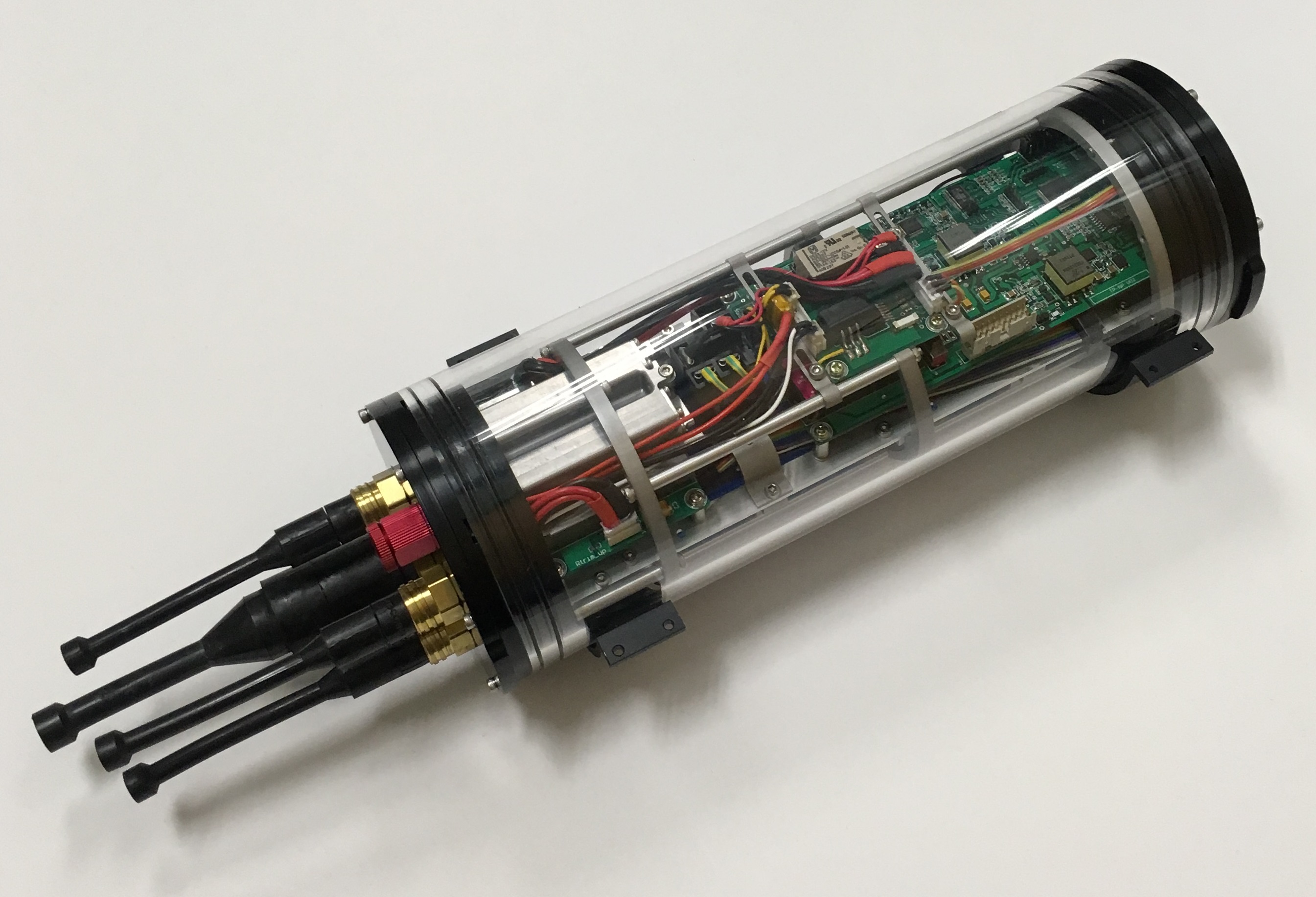Battery Tech Article
Smart Underwater Battery Power System for ROVs


Technology Overview
Ships coming into docks are required to undergo hull inspections and dock position checks. This task is traditionally performed by human divers. Recently, remotely operated underwater vehicles (ROVs) have been deployed to aid in this process. However, conventional ROVs require the use of long umbilical cables or tethers to power the vehicles from shore or from floating buoys. This causes significant power losses.The proposed technology relates to an onboard smart underwater battery power system for ROVs. It removes the need for tethering for ROVs, which increases the energy efficiency and overall portability of the vehicles.The technology owner is seeking partners to collaborate in various modes including technology licensing, consultancy project, research collaboration, etc.
Technology Features & Specifications
Smart battery management system Advanced battery monitoring system Inter-module communications Battery pack status communication with vehicle Active cell balancing technology Plug and play Modular and scalable Swappable Safe and reliable operation Specifications: Dimensions: Ø 115 mm x H 370 mm Weight: 3.75 kg (in air); 0.35 kg (in water) Depth rating: 100 m Energy: 120 Wh Voltage : 12 VDC Capacity: 10 Ah Cycle life: > 1,000 cycles Discharge current: 10 A (nominal); 24 A(maximum) Charge voltage: 14.4 VDC Charge current: 4.5 A (nominal) Charging time: 2.5 Hours Operating temperature: -10°C to 45 °C
Potential Applications
Maritime industry Unmanned remotely underwater vehicles (ROVs) Extended power supply for marine sensors or equipment
Benefits
Improved energy efficiency, portability and operational safety Increased reliability of the power system Simple plug and play setup Prolong system lifetime Real time monitoring of system state Cost savings
Key information
Technology Category- Energy - Sensor, Network, Power Conversion, Power Quality & Energy Management
- Energy - Fuel Cells
- Electronics - Power Management
ID Number: TO062337
Source: IPI Singapore
